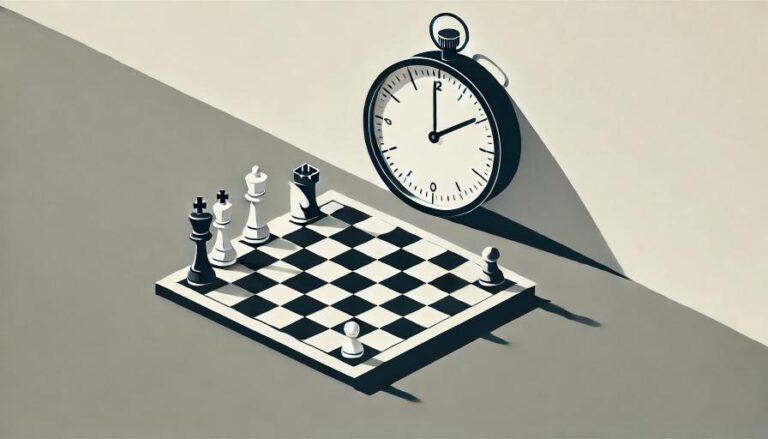What is a Chess Opening Repertoire?
A chess opening repertoire is a set of pre-determined moves that a player chooses to use at the beginning of a chess game. These moves are carefully selected to dictate the initial development and positioning of the pieces on the board. A playerâs opening repertoire is a crucial aspect of their overall chess strategy and can play a significant role in determining the outcome of a game.
There are various types of chess opening repertoires that players can choose from, ranging from extremely aggressive ones that aim for early checkmates, to more defensive ones that focus on controlling the board and slowly building an advantage. Each playerâs opening repertoire may also differ depending on their playing style and the current trends in chess theory.
Why is a Chess Opening Repertoire Important?
A well-developed chess opening repertoire is essential for any serious chess player. It serves many purposes and can greatly impact a playerâs success in the game. Here are four reasons why having a strong chess opening repertoire is crucial:
1. Consistency and Structure
One of the main purposes of having a chess opening repertoire is to provide consistency and structure to a playerâs game. By having a set of specific moves for different openings, a player can easily transition from the opening phase to the middle game with a clear plan in mind. This prevents them from making hasty and uninformed decisions, which can be detrimental to their overall game.
Consistency is also crucial in maintaining a strong psychological advantage over an opponent. By playing familiar openings, a player can quickly establish themselves as a confident and well-prepared opponent, which can intimidate the other player and give them an edge in the game.
2. Preparation and Study
Building a chess opening repertoire involves a lot of preparation and study. As a player adds more openings to their repertoire, they expand their knowledge and understanding of different types of positions and strategies. This helps them to become a more well-rounded player and adapt to various scenarios that may arise during a game.
A chess opening repertoire also requires continuous study and refinement. As chess theory and trends evolve, players must constantly update their repertoire to stay ahead of the game. By regularly studying and analyzing their chosen openings, players can improve their understanding and execution of these strategies, giving them a competitive edge over their opponents.
3. Playing to Your Strengths
Having a personal chess opening repertoire allows a player to have a set of openings that align with their strengths and preferences. Whether a player prefers a more aggressive or defensive style of play, they can choose openings that suit their style and feel comfortable executing.
Playing to oneâs strengths can greatly increase their chances of success in a game. By using openings that a player is familiar and comfortable with, they can avoid making mistakes and play confidently throughout the game.
4. Adapting to Different Opponents
A strong chess opening repertoire also provides players with the ability to adapt to different opponents. By having a variety of openings at their disposal, players can choose openings that are best suited to counter their opponentâs playing style. This adds an element of surprise and keeps the opponent on their toes, making it more difficult for them to prepare and anticipate the playerâs moves.
Adapting to different opponents is also essential in tournament play, where players face a variety of opponents with different strengths and weaknesses. By having a diverse chess opening repertoire, players can better handle the challenges presented by different opponents and increase their chances of success in a tournament setting.
Conclusion
A chess opening repertoire is an essential aspect of a playerâs overall strategy in the game of chess. It provides structure, consistency, and allows players to play to their strengths. It also requires continuous study and refinement, allowing players to adapt to different opponents and stay ahead of the ever-evolving trends in chess theory.
Whether youâre a beginner or a grandmaster, having a strong chess opening repertoire is crucial for success in the game of chess. It is a powerful tool that can be used to gain a psychological advantage, control the flow of the game, and ultimately, lead to victory.


